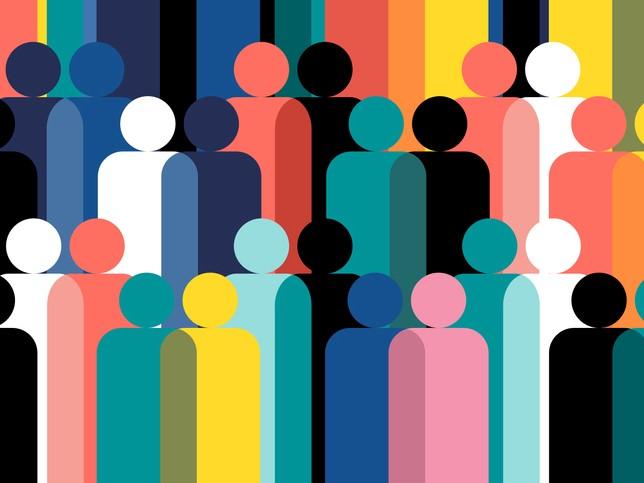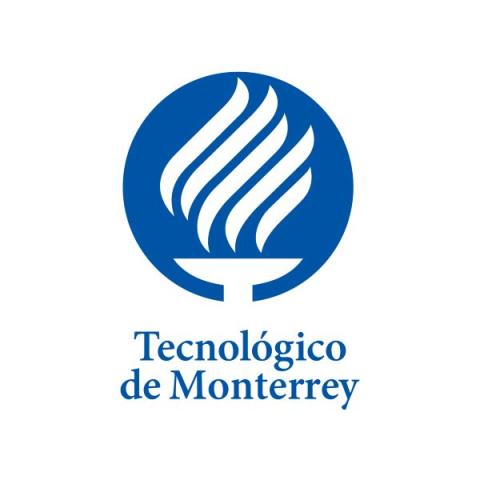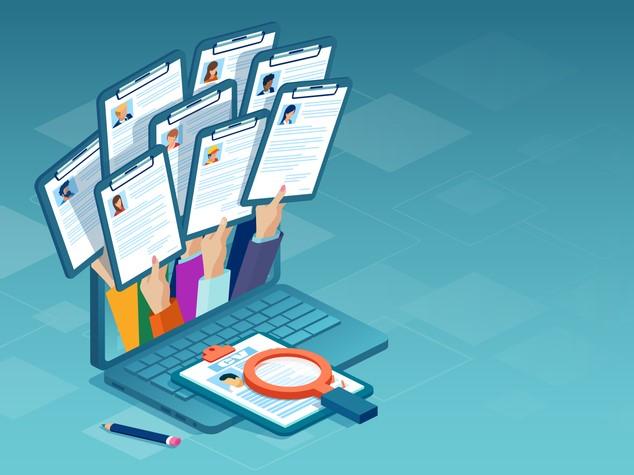
Six tips on helping your students improve their teamwork skills
As teachers, it’s imperative that we promote the development of skills that enable our students to function effectively in the workplace – such as working well in teams.
However, some students at our university have stated that working in teams has, at times, been a negative experience. The challenge for us, therefore, is to help students understand the difference between simply dividing up tasks and working as a cohesive and collaborative unit.
The first step in promoting teamwork is making sure you actively design collaborative activities as part of your academic programme. These projects should result in students developing disciplinary skills at the same time as improving communication and other collaborative skills. Listed below are some recommendations for how to do this:
1. Be sure to explain to your students the characteristics of effective teamwork and its benefits. It is quite common for students to comment that working in teams at university can result in demotivating experiences due to poor team rapport and varying levels of commitment. So, take the time to explain to them beforehand why teams fail and share tips for fostering good, functioning team dynamics.
Furthermore, ask them to share their experiences: how to recognise a team that’s not working well and also to recall a team in which they were pleased with the outcome. If encouraged to do so, most students will be able to identify the difference between ineffective and effective teams – and why – and then use that to inform their own practice.
- How we used a business management theory to help students cope with uncertainty
- Training students in effective teamwork and collaboration
- Do our students need to be book smart or street smart? They need to be both
2. Explain and demonstrate tools that can identify students’ natural abilities or roles within teams, such as the Belbin test, which identifies nine potential “roles” that people might be best suited to when working in a group, from “shaper” and “resource investigator” to “coordinator”. It’s incredibly important for students to recognise that we are all different and have unique skills, which is why collaborative work can be so valuable and enriching. It’s also crucial to guide the teams in how to maximise the skills of each of its members so that each person’s strengths can be used to achieve shared goals. By the end of a project, students should at the very least be able to recognise their own strengths and how to maximise them in a team.
3. Form teams with diverse profiles. Each group should, as far as possible, include members with different skills and, ideally, interdisciplinary profiles. Almost immediately after forming the teams, it is a good idea to have them carry out an activity to help team members get to know each other and thus strengthen team integration. One that I have found works well is asking students to create individual audiovisual resources, using a tool such as Padlet or Flipgrid, that show the following: personal characteristics/traits; abilities and strengths; significant accomplishments (personal, school, extracurricular, sports); an experience they are proud of; what they can contribute to the team.
4. Ask the students to agree verbally and in writing the roles and responsibilities of each team member. As a starting point, suggest they define the following roles:
- Team leader: coordinates the team and assigns activities based on the skills required for the task.
- Team spokesperson: schedules team meetings, creates an agenda for each session and keeps minutes of agreements. Communicates agreements to the team and ensures further effective communication.
- Quality assurance: responsible for reviewing project/task requirements, making them known to the team and ensuring they are met.
5. Ask the students to define the rules of conduct for their team and put them in writing in a document shared and agreed upon by all. All members should sign this document.
6. Design an evaluation tool so that team members can evaluate teammates’ and their own work and give effective feedback to both teammates and the teacher on work/group dynamics. I recommend using the web application Teammates, in which students can answer quantitative and qualitative questions about the work carried out by their group’s members.
It feels like no exaggeration to say that designing collaborative learning experiences, in which students recognise the benefits of teamwork and how to achieve it, has become essential. With such human skills becoming ever more desirable in the workplaces of the future, we owe it to our students to show them the ways in which teamwork can strengthen communication, trust and culture.
Ingrid Gabriela Benavides García is academic coordinator, digital education at Tecnológico de Monterrey, Mexico.
If you found this interesting and want advice and insight from academics and university staff delivered direct to your inbox each week, sign up for the THE Campus newsletter.




